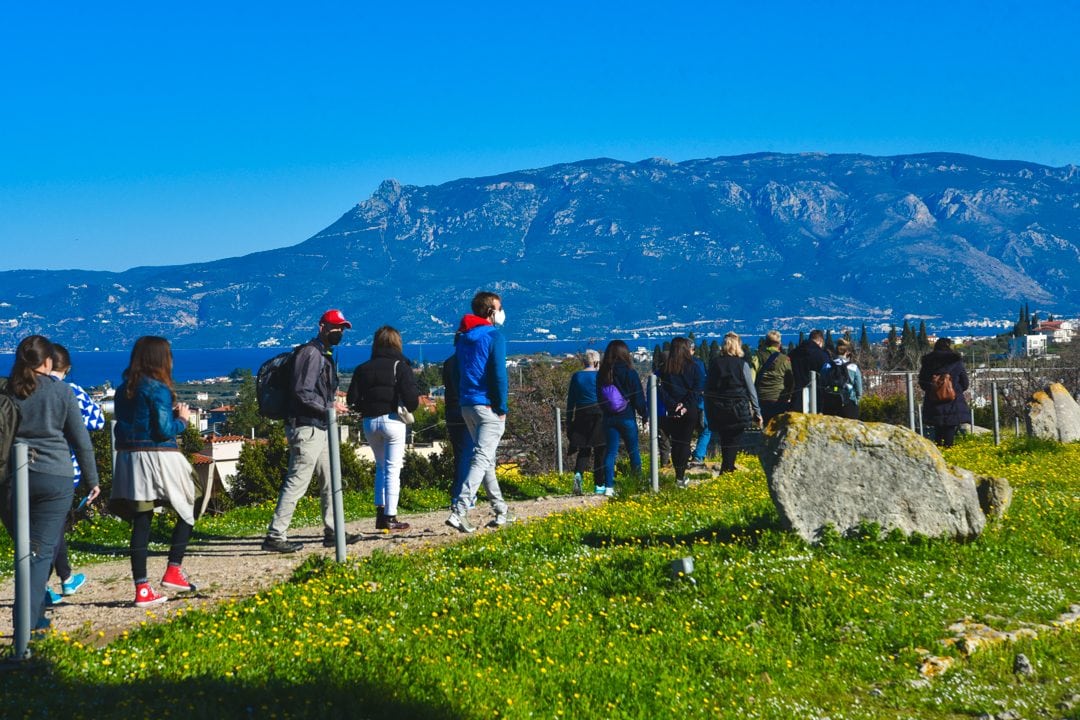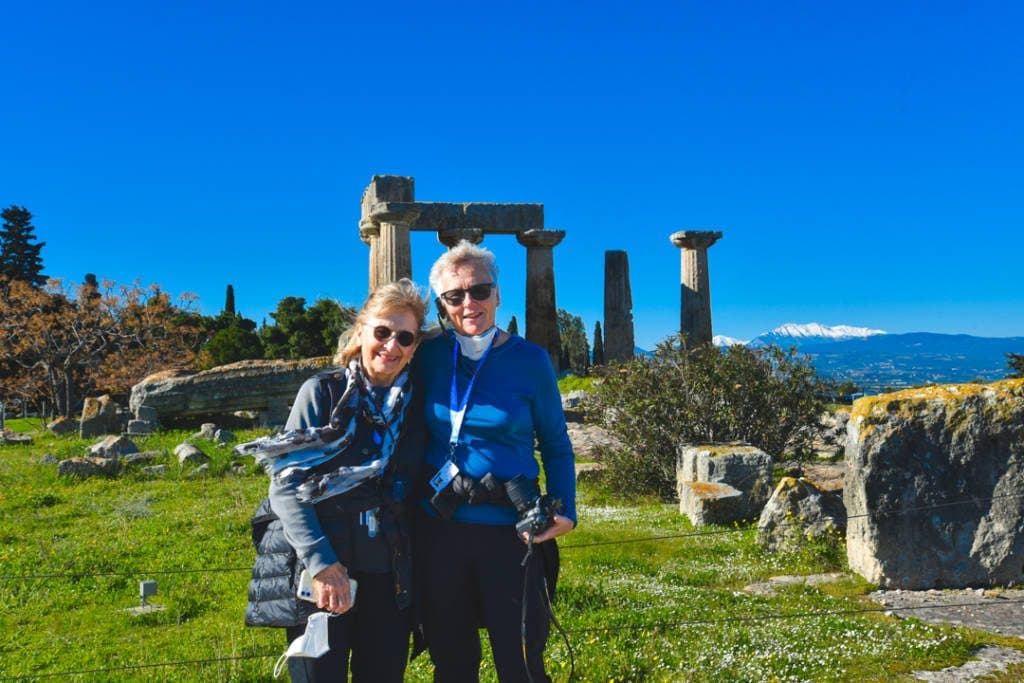
Voyagers were thrilled to arrive to Piraeus, Greece on January 12 where they spent four days exploring local sites. One exciting field program allowed voyagers the chance to embark to the Ancient Corinth, the Corinth Canal, and an olive oil farm. Ancient Corinth was an affluent and powerful city due to its strategic position. Still evident today by its venerable remains, the Ancient Corinth includes a huge ‘agora’ or market place along with the Apollo’s Temple, that dates back to the 6th century BC. The American School of Classical Studies initiated systematic excavations in the area back in 1896 and still to this day continue to do so. They were able to discover the agora, temples, foundations, shops, porticoes, baths, and various other fascinating monuments. These excavations went on to include the ruins of the original fortress on Acro Corinth, the prehistoric settlements, the Theatre, the Odeon, the Asklepion, the cemeteries, the Quarter of the Potters, and other buildings outside of the main archaeological site.
After exploring the Ancient Corinth, voyagers traveled to a family-owned olive oil farm where they learned about olive tree cultivation and olive oil production and were able to taste various olive oil samples along with Greek snacks.
The next stop was the incredible Corinth Canal! This cancel stretches 4 miles long, measures 70 feet wide, has 170 foot sloping sides and reaches a depth of 26 feet. Even though construction completed in 1881, the want to cut through the Corinth Isthmus to connect the Ionian and Aegean Seas dates back to Roman times.
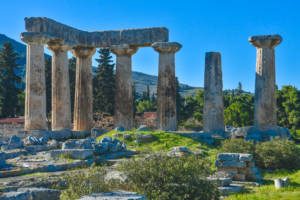
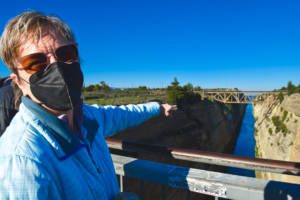
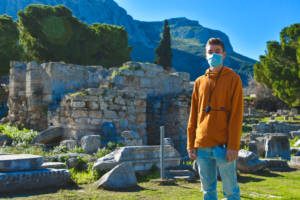
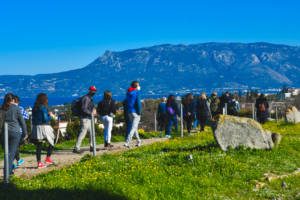
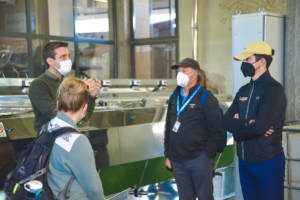
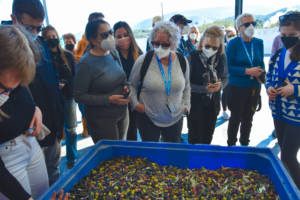
Another field program allowed voyagers to journey through the gleaming white marble of the Temple of Poseidon which stands on a craggy spur that plunges about 60 meters down to the sea below, giving breath-taking views. Only 15 of the original 34 Doric columns from the Temple of Poseidon remain standing. The temple was built in 444 BC, during the Golden Age of Pericles. Voyagers admired the splendid views of the sparkling Saronic Gulf as they passed through some of Athens most beautiful suburbs and beaches such as Glyfada, Kavori, Vouliagmeni, Varkiza, and Lagonissi.

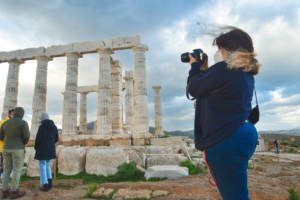
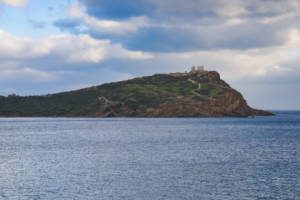
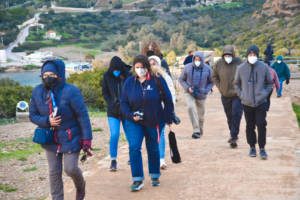

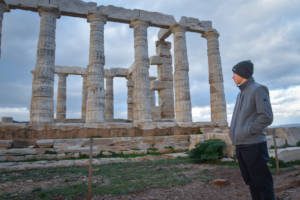
Ready for your own Greek adventure? We’re currently accepting applications for the Fall 2022 Voyage!
